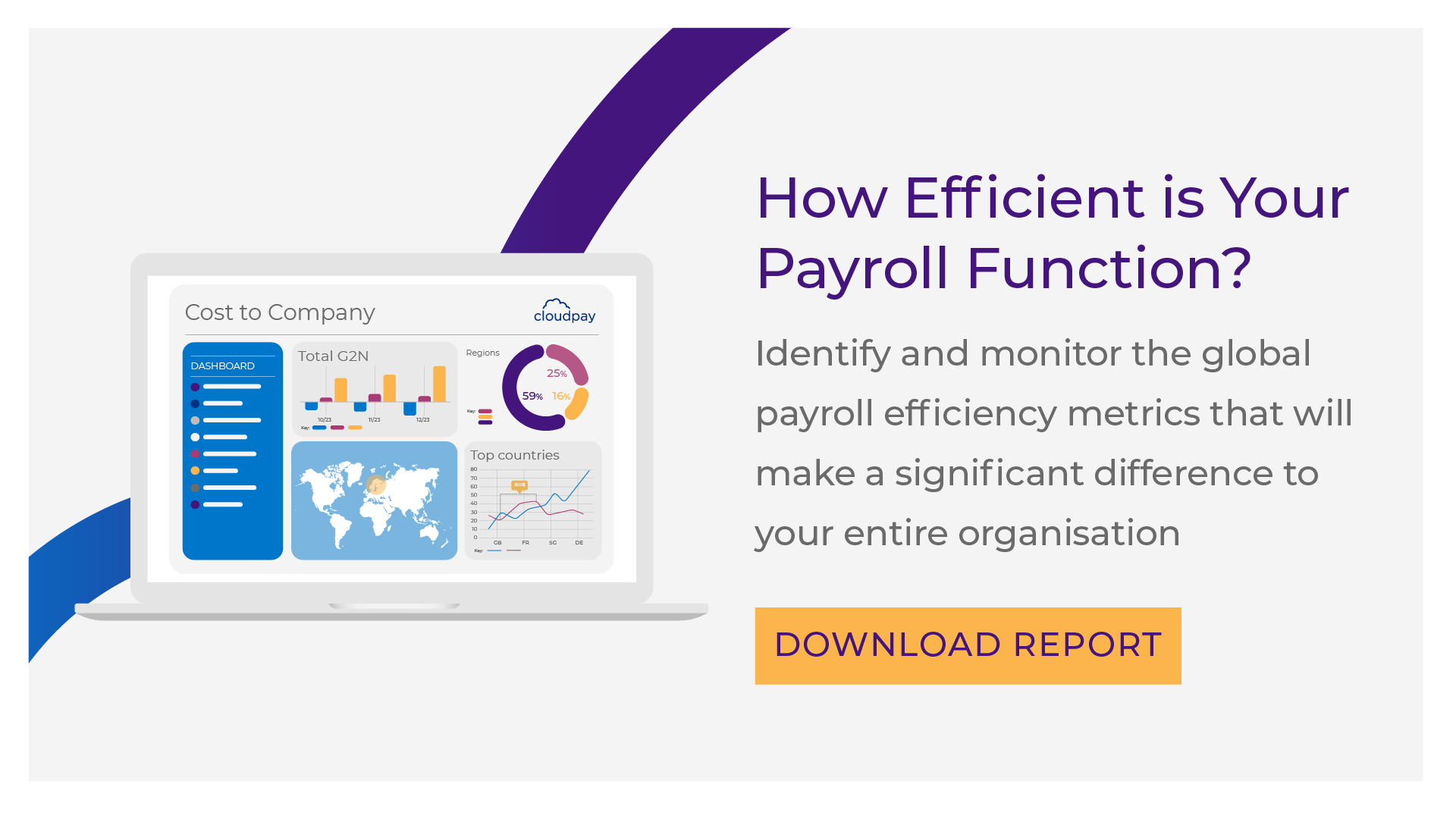You may be reading the headline of this blog and wondering what the difference is between pay and payroll. But knowing this distinction and how they interact is extremely important, especially in the current business landscape and in light of the financial challenges that so many people around the world are facing.
Traditionally, payroll is functional: it’s the act of processing who needs to be paid what and when, and ensuring everything is done in a timely and compliant manner. pay experience has a much bigger part to play in supporting employees and employers alike.
This blog explains why now is the time to have important conversations about pay, and its role within an organization.
Pay and employee wellbeing
Research by the CIPD has found that 68% of UK organizations feel that the pandemic had a negative impact on employees’ financial wellbeing – and this was before the start of the cost of living crisis. Given that 40% of British employees were living paycheck to paycheck pre-COVID, and this figure has almost certainly increased since then, even the slightest financial shock can now have serious ramifications. And this reality is present across the globe.
While this is most commonly dropdown#toggle” data-dropdown-placement-param=”top” data-term-id=”262899561″>pay transparency.
This could include measures such as:
-
Earned Wage Access: a user-facing platform that allows employees to view the wages they accrue on a shift-by-shift basis, and independently withdraw whatever they need, whenever they need it. This can give employees much-needed flexibility and peace of mind when sudden expenses arise
-
Flexible payment options: exploring different methods of remitting pay to employees can fit in better with their financial arrangements, such as pay-to-card, virtual wallets, and other types of bank transfer and wire transfer like ACH, BACS and SEPA
Pay and strategy
Payroll, considered on its own, can be a very siloed process that doesn’t play any major strategic role in any other area of a business. But when the data around the wider pay experience is analyzed in greater detail and put to more extensive use, things become very different.
Instead of just measuring payroll-related KPIs, pay data can be used to shine a light on other trends such as employee absenteeism, workforce turnover, employee experience, and brand perception. This makes pay a useful tool for guiding the strategy of the organization as a whole. While this represents a major shift in approach, it makes pay a more valued and integral part of a business.
Pay and integration
While some of the moves mentioned above are full of potential, they shouldn’t be considered as measures that are siloed and separate from existing payroll operations. Instead, they should be integrated as an end-to-end ecosystem that can be fast, flexible, and certain for employees, businesses, and payroll teams alike.
To underline why areas like payroll and payments should be integrated where they traditionally haven’t been previously, our recent Payroll Efficiency Index report has included the metric of treasury timeliness for the very first time. This is because any issues or delays in payroll processing tend to have a knock-on effect on payments, whether the timeframe for the payments part of the cycle is squeezed, or (in the worst-case scenario) pay dates are missed.
Given the effect this can have on employee wellbeing, as well as talent acquisition and retention, the importance of payroll and payments working together harmoniously can’t be overstated. It also enables payroll and payment metrics to be combined to give a better overall view of performance, an even greater level of insight, and eliminate any dropdown#toggle” data-dropdown-placement-param=”top” data-term-id=”262899558″>human resources, payroll, and pay, can the collective facets of pay become more than the sum of their parts.
Check the current state of play in modern pay with the new edition of our PEI report, then visit our Global Payroll Experts page to learn more on how the modern pay experience works in practice.



